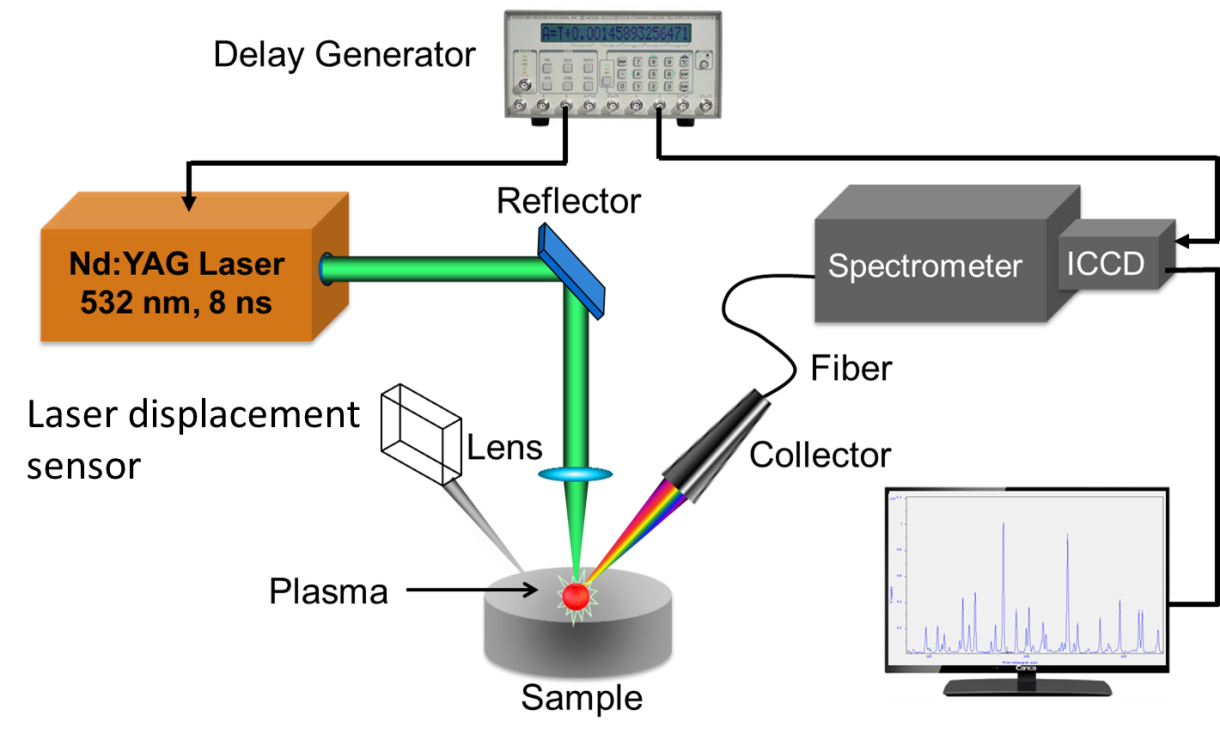The matrix effect is a phenomenon that ablated mass, elemental distribution, and laser absorptivity change with the matrix of the samples, which ultimately results in a significantly different signal response at the same concentration level in two different samples. This phenomenondeterioratesthe accuracy of LIBS. The matrix of soil is complex due to the matrix changes with its geographical distribution, which creates an unavoidable problem in the field of soil analysis.Therefore, it is meaningful to find awayto reduce the matrix effect and improve the accuracy in soil analysis.
Under the guidance ofProf. Xiaoyan Zeng,Yongfeng Lu, Xiangyou Li and associate professorLianbo Guo,Rongxing Yiet al. proposed amethodof discrete wavelet transform combined with standard addition method(SAM) for analyzing soil samples. The SAM was used to reduce the matrix effect, thealgorithm ofdiscrete wavelet transformwas usedtoimprove theanalyticalaccuracy of trace elements in soil.The results demonstrated that the accuracies of quantitative analyses onlead(Pb) and cadmium (Cd) insoilwere all improved by thismethod,especially for the low concentration samples.
This research has been financially supported by the National Special Fund for the Development of Major Research Equipments and Instruments (No. 2011YQ160017), the National Natural Science Foundation of China (No.61575073and51429501),andNatural Science Foundation ofHubei province (No.2015CFB298),which has been publishedon the journalofOptics Express(Vol. 24, Issue 3, pp. 2607-2618, 2016)

Figure 1.Experimentsetup

Figure 2. Calibration line of Pb